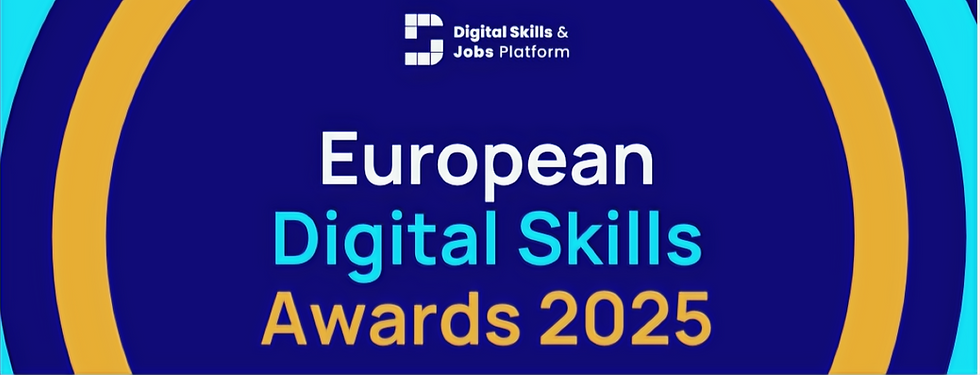Partner Event: The Role of Law Enforcement Agencies in Ensuring Societal Security During Wartime
- Lead-Pro
- Jun 17
- 2 min read
Baltic Miltech Summit 2025
May 6, 2025, the Lithuanian Cybercrime Centre of Excellence for Training

As part of the Baltic Miltech Summit 2025, the Lithuanian Cybercrime Centre of Excellence for Training, Research and Education (L3CE), in cooperation with the Lithuanian Police Department and the Innovation Agency Lithuania, organised a high-level partner event titled “The Role of Law Enforcement Agencies in Ensuring Societal Security During Wartime.” The event convened stakeholders from military, law enforcement, research, and innovation communities to examine the evolving role of civil security actors in the context of modern armed conflict.
Strategic Perspectives on Wartime Policing
The event addressed urgent strategic questions in the context of growing geopolitical instability, with a specific focus on Lithuania’s national preparedness. Drawing upon the contemporary experience of Ukraine, Police Commissioner General Arūnas Paulauskas outlined a wartime policing strategy built on three key operational pillars:
Enhanced equipment and resourcing of police forces to maintain continuity of law enforcement services in crisis conditions.
Structural integration with municipal war command units, enabling alignment between civilian and military command systems.
Realignment of law enforcement objectives to meet the specific requirements of wartime operations, including public order, counter-sabotage activities, and protection of critical infrastructure.
These efforts are part of a broader Total Defense framework, wherein state institutions, armed forces, and civil society actors are engaged collectively in national security planning and response.
Technology as a Force Multiplier
A recurring theme throughout the event was the critical importance of technological innovation in supporting agile and effective crisis response. Lessons from Ukraine indicate that traditional, long-term development cycles are no longer adequate in wartime contexts. Instead, rapid deployment and field-testing of solutions are essential.
In this context, the LEAD-PRO platform was presented as an example of a next-generation coordination and situational awareness tool. Designed to strengthen communication and decision-making across both civilian and security sectors, LEAD-PRO leverages artificial intelligence, satellite-based data, and secure digital infrastructure to support real-time operations. The system facilitates interoperability between police, emergency responders, and—potentially—military command structures during multi-agency crisis scenarios.
From Planning to Operational Readiness
The discussions underscored the need to move beyond conceptual planning and toward practical implementation. Investment in training, infrastructure, and policy alignment is now seen as critical to ensuring societal resilience and effective response mechanisms under potential wartime conditions.
By advancing tools such as LEAD-PRO and fostering close civil-military collaboration, Lithuania and its European partners aim to strengthen the institutional and technological foundations of national and societal security.
LEAD-PRO has received funding from the European Union’s Horizon 2020 research and innovation programme Horizon-CL3-2023-SSRI-01 under grant agreement no. 101168492.
The contents of this publication are the sole responsibility of the authors and do not necessarily reflect the views of the European Commission.


